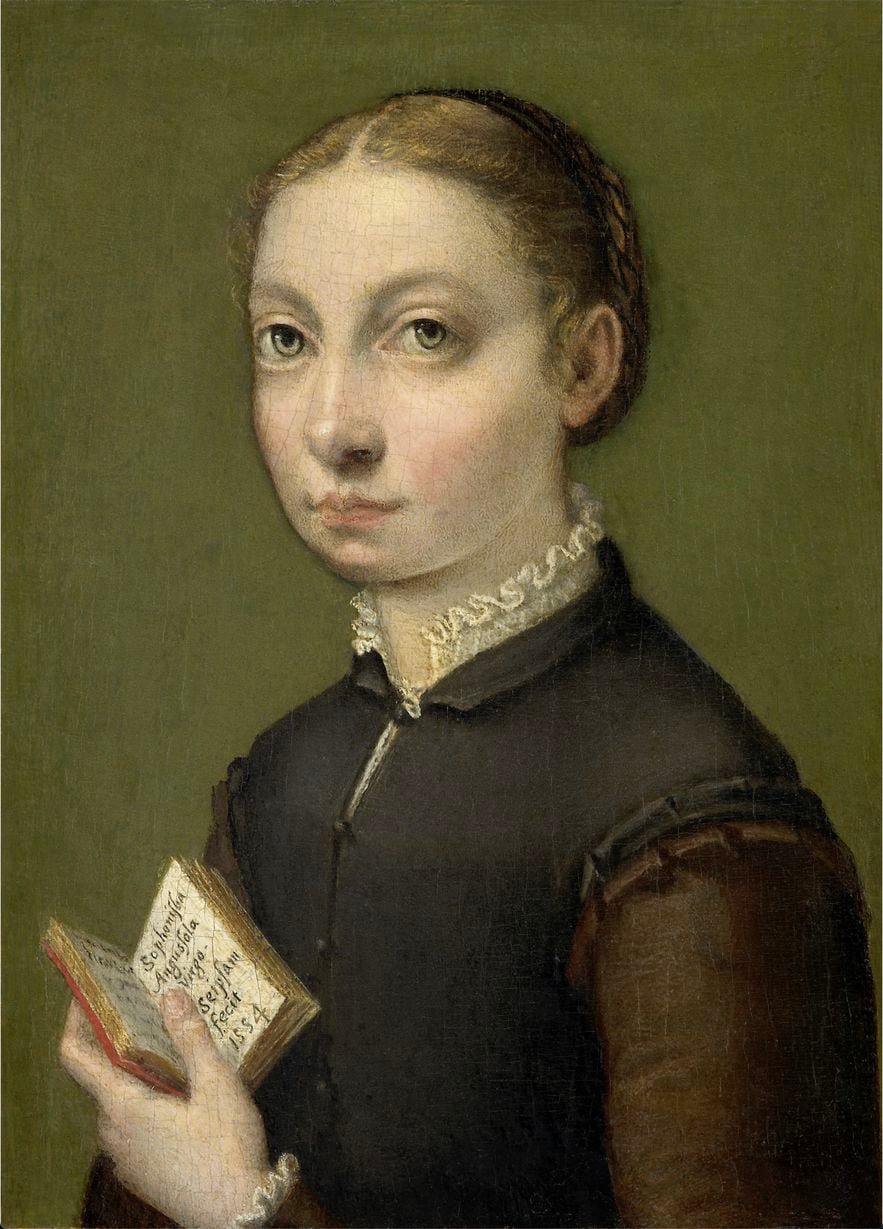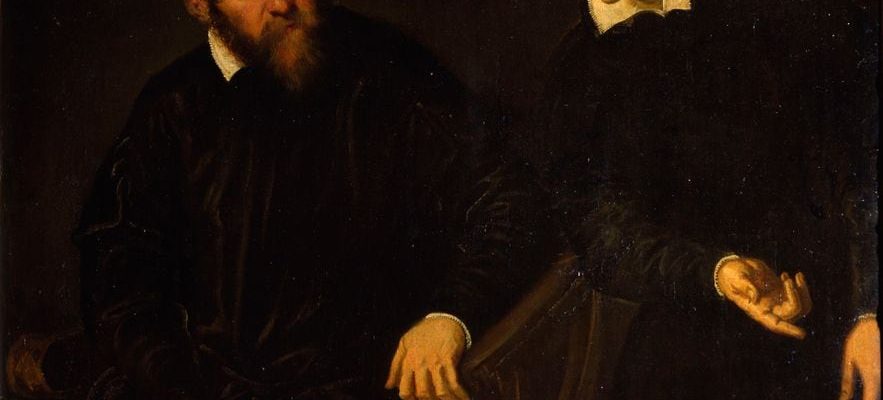“Daughter of”, “wife of” or “sister of”. It is often thanks to their close male entourage that women artists were able to stand out at a time when access to corporations and artistic academies was refused to them. Between 1500 and 1800, in the north and south of the Old Continent, there were far more women than one would suspect working as painters, engravers, teachers or art editors. Some have left a name for posterity, others have fallen into oblivion, but almost all have worked to a high level, equal to men.
It is this status that the exhibition illuminates Women of genius presented at the Kunstmuseum in Basel, in German-speaking Switzerland, until June 30. Art historians Bodo Brinkmann, Katrin Dyballa and Ariane Mensger have brought together portraits, still lifes, engravings and etchings by Italian, Swiss, Flemish and German artists from the Renaissance, Baroque and Classicism. .
Among these personalities from artistic families, Marietta Robusti (around 1555-1590) assisted, at a very young age, her famous father Jacopo, known as Tintoretto – Tintoretto in VF –, in the creation of commissioned works. From childhood, sometimes disguised as a boy so as not to be noticed, the eldest of the Robusti siblings accompanied the illustrious master everywhere, before becoming in her turn an outstanding colorist, which brought her fame and earned her the nickname of Tintoretta. On one of the paintings hanging in Basel, the Venetian is shown alongside Jacopo Strada, antiques dealer to Emperor Maximilian II, who, like the King of Spain Philip II, wishes to raise her to the rank of court painter. This is without taking into account Tintoretto’s possessive affection for his daughter, who refuses these honors in his name and marries her to a local jeweler. This union will sound the death knell for the ambitions of the Tintoretta, who died prematurely in childbirth, aged around thirty.
Marietta Robusti, known as La Tintoretta, “Self-portrait with Jacopo Strada”, circa 1567-1568.
© / Elke Estel / Hans-Peter Klut
The abandonment of the palette by those who marry is then the imposed rule. The Dutchwoman Judith Leyster (1609-1660), sought after during her lifetime by sponsors for her innovative domestic scenes, was no exception: she let go of the brush, despite herself, when she married the painter Jan Miense Malenaer, even if she will continue to support him in the shadows. His compatriot Maria van Oosterwijk, popular at European courts for her baroque floral still lifes, made the radical choice to remain single so as not to hinder her career.
Rare are the female artists who, devoid of any affiliation in artistic circles, manage to reach the heights of celebrity. However, this is the case of the Lombardian Sofonisba Anguissola (1532-1625), thanks to the tireless targeted promotion of a humanist father who never stopped pushing his children to develop their talents. Trained in the workshop of the mannerist Bernardino Campi, Sofonisba was a leading portraitist, hired as a painter at the Spanish court.

Sofonisba Anguissola, “Self-portrait”, 1554.
© / KHM-Museumsverband
Two centuries later, a sign of the very gradual evolution of morals, Catharina Treu will become the first woman professor in a German academy and the Austrian Angelika Kauffmann will join the Royal Academy in London. Unthinkable a few decades earlier… Even if, these like the others, would never have triumphed without male support, an essential condition for hearing the trumpets of fame.
